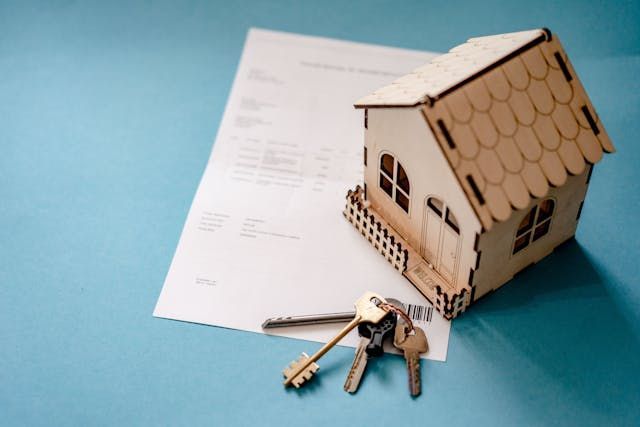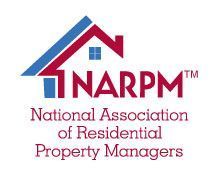Eviction Moratorium Extended - 08/12/2021
August 12, 2021

Earlier this month, the President directed the CDC (Centers for Disease Control and Prevention) to extend its eviction moratorium through October 3rd. This action has many property owners perplexed over which rules to follow regarding the eviction of non-paying renters. The CDC’s latest order seemingly ignores the United States Supreme Court’s recent ruling that the moratorium mandate is unconstitutional. Although the CDC’s eviction moratorium is intended to protect the population from the spread of COVID, it is a relatively small segment of the public that fall within the scope of this protection. For context, a quick Google search revealed that an estimated 1.5 million renters were evicted annually pre-pandemic. In contrast, The Census Bureau estimates that 31 million Americans relocate annually.
In other areas of the country, there are many property owners that have not received rent payments in over a year, but have continued to make their mortgage payments, pay property taxes, and absorb the costs of maintenance and upkeep. Speaking only for Hunter Rentals & Sales, most of our property owners have weathered the pandemic quite well. Our proactive measures in working with families and individuals that have lost their jobs or experienced reduced hours at work have resulted in very few evictions. Our leasing staff continues to do an excellent job communicating and working with impacted renters to achieve full rent payments monthly. Of the seven-hundred properties in our care, we have only one eviction suit pending this month and have been averaging one per month.
“Tact is the knack of making a point without making an enemy.”-Isaac Newton
David Gerke
Broker







